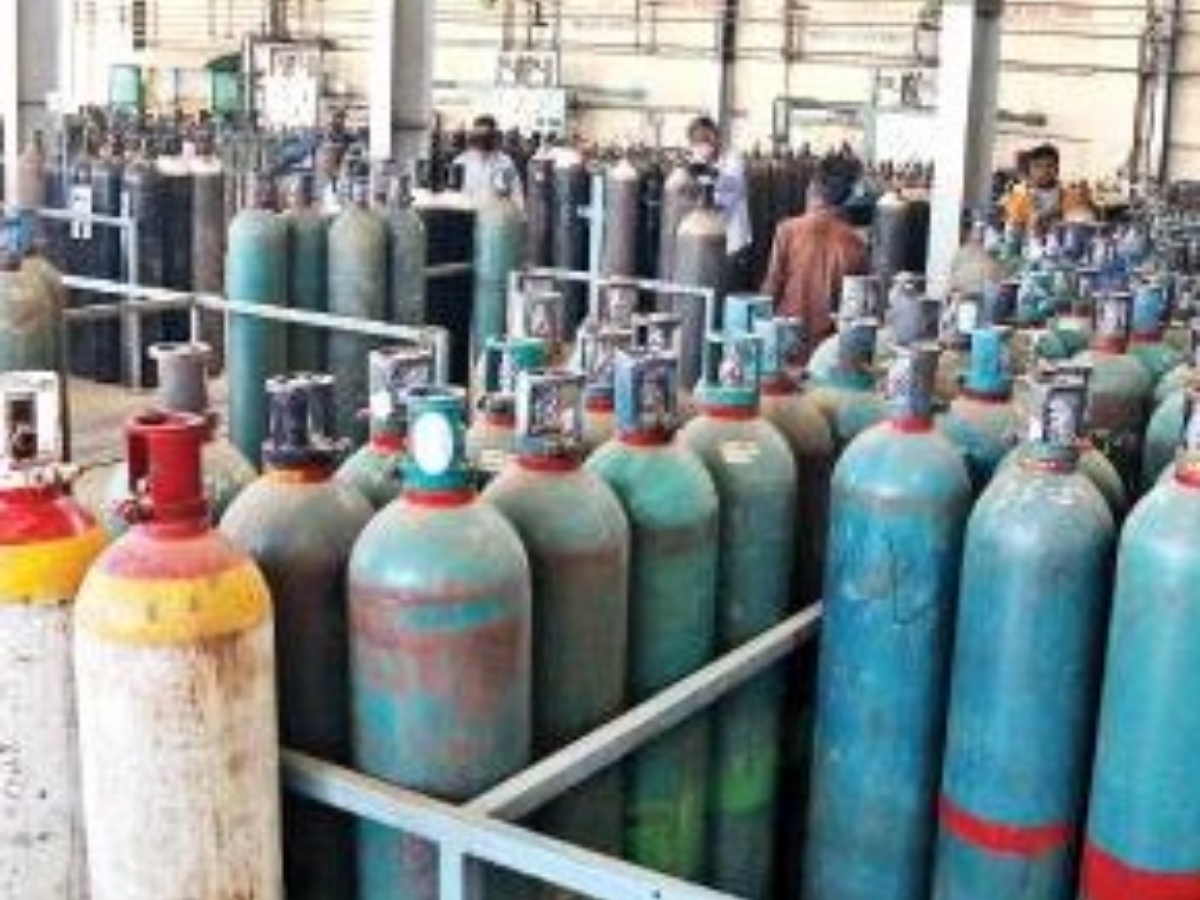The initiative is part of Oxygen Cylinder Tracking System (OCTS), an app which has been developed to keep track of the oxygen cylinders, with real time monitoring – from filling to transportation to delivery at the end point hospitals.
Every oxygen cylinder and oxygen concentrator – both needed for respiratory therapy – in Punjab will soon be given an unique identity number as the state ramps ups measures for a probable third wave of the Covid-19. The initiative is part of Oxygen Cylinder Tracking System (OCTS), an app which has been developed to keep track of the oxygen cylinders, with real time monitoring – from filling to transportation to delivery at the end point hospitals.
The OCTS has been launched in Mohali on pilot basis and would be rolled out across the state next week, Punjab Mandi Board secretary Ravi Bhagat, who was entrusted with the task to develop the app, told The Indian Express.
Bhagat, the man behind Cova app which was launched amid the pandemic with an array of features including keeping track of Covid cases and real time information about positive cases in the neighbourhood, said that OCTS would track movement of the oxygen cylinders and oxygen concentrators.
How the OCTS will work? (see below)
As of now, Punjab has 25,000 oxygen cylinders and 6,500 oxygen concentrators.
Under the OCTS, the cylinders and concentrators, termed as “assets”, would be tagged with unique identity using a QR code sticker by the supplier.
The app will track oxygen cylinder between fillers/aggregators to designated end users (hospitals and clinics) on real time basis and the status would be made available to the authorities on a central portal.
“OCTS is a step forward while preparing for third wave of Covid. It will not only benefit citizens but would be also very useful for the administrators,” said Bhagat.
The real time tracking would help check and avoid pilferage and reduce delays with improved co-ordination.
# Supplier will use the OCTS app to initiate a trip with location, vehicle, consignment & driver details.
# Supplier will scan QR codes of cylinders to be added to the trip and will mark consignment as filled.
# Device location would be verified automatically by the app cylinder quantity would be subtracted from stock
# Supplier would start the trip through the app when consignment is ready. The cylinder status moves to “in transit”.
# Using the phone of the driver, the consignment would be tracked during the transit.
# Admin can check and monitor the vehicle associated with consignment/cylinder.
# Hospital/end user would unload the consignment and would scan the QR code using the mobile app.
# Delivery location would be automatically verified using app and cylinder status would automatically change to “delivered”.
# Hospital/end user would use app to scan and load empty cylinders. The status of cylinders would change to “empty cylinders in transit”.
# Return trip would start and supplier would use app to receive empty cylinders back.





































